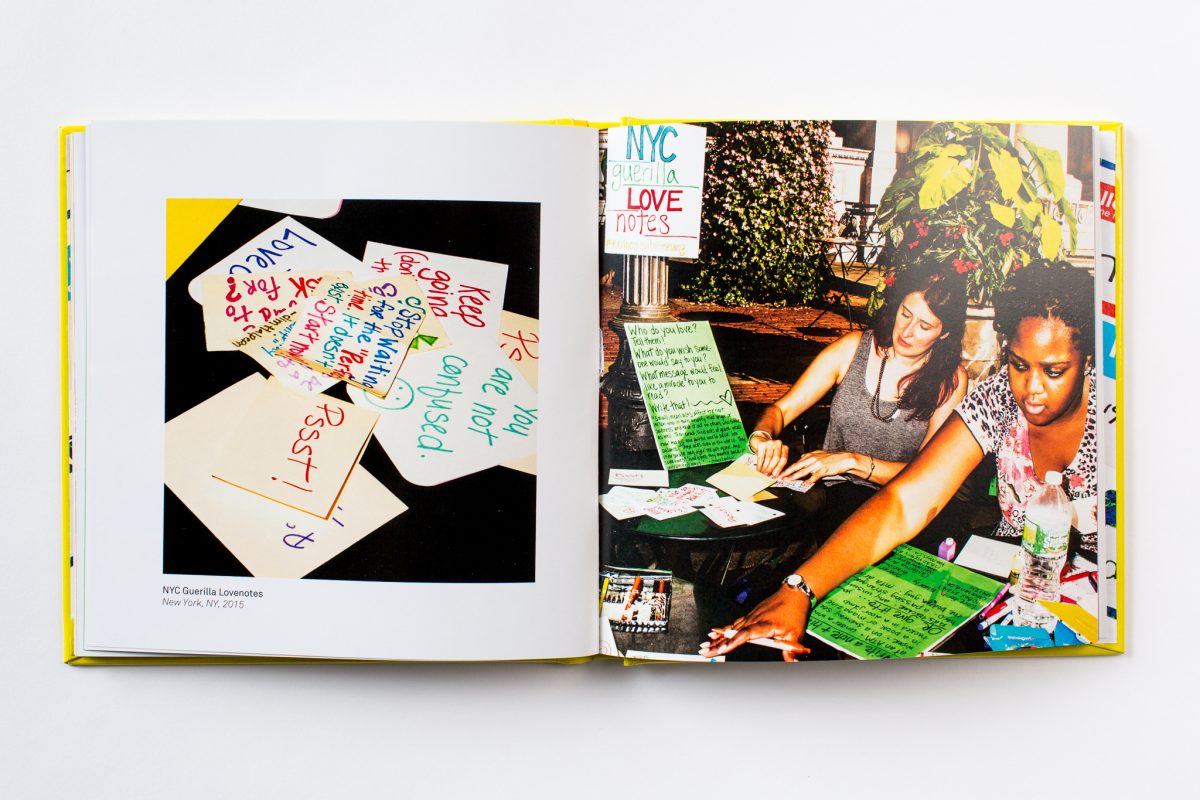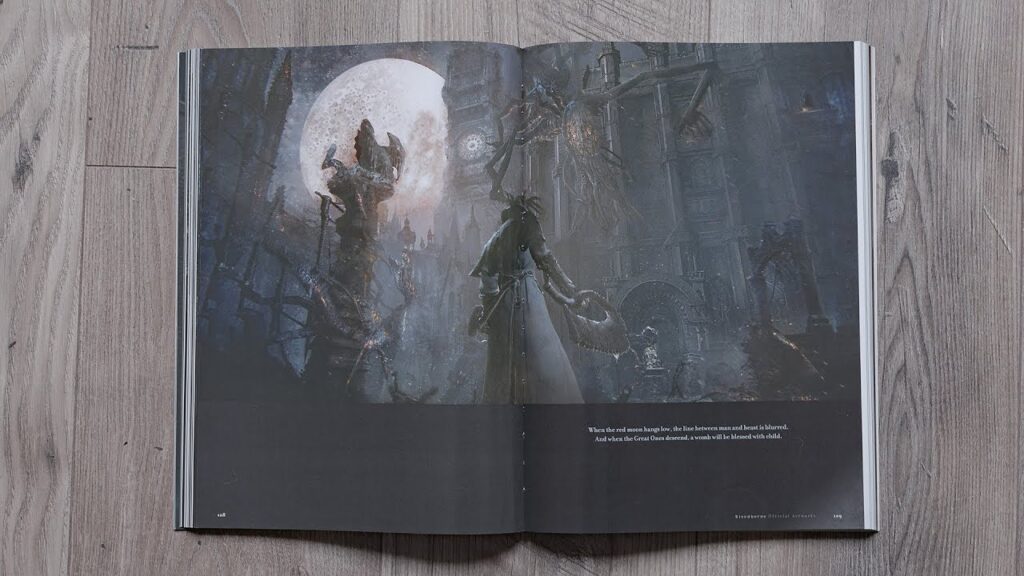Top 5 Printing Techniques That Bring Your art book to Life
Wiki Article
Comprehending the Refine Behind Top Notch Art Book Printing for Art Enthusiasts
When it involves high-grade art book printing, recognizing the complexities of the procedure can elevate your recognition for the end product. You might not recognize just how important paper choice and ink choices are to the vibrancy of artwork. Each component plays a significant duty in achieving the preferred result. As you check out the numerous components of art book printing, you'll discover understandings that can transform your viewpoint on art conservation and presentation.The Significance of Paper Choice in Art Book Printing
When it concerns art book printing, the selection of paper can make or damage the end product. You want your artwork to radiate, and the ideal paper boosts shade vibrancy and information. Consider factors like weight, structure, and surface; these aspects significantly influence just how viewers regard your job.For example, a heavier stock conveys quality and toughness, while a distinctive coating can include deepness to pictures. Smooth paper is exceptional for thorough recreations, permitting great lines and subtle shades to appear crisp.
Don't forget about the paper's illumination; a brighter sheet can aid shades pop, making your art extra eye-catching. You'll also wish to assume about exactly how the paper engages with inks and whether it can manage the printing process without deforming or bleed-through. Ultimately, selecting the appropriate paper establishes the stage for your art, ensuring it captures the target market's focus equally as you visualized.
Choosing the Right Inks for Vibrant Recreations
Selecting the best inks is just as important as picking high quality paper to achieve vivid recreations in your art book. When you're printing artwork, you desire colors that stand out and properly represent the original item. Go with inks with a high pigment concentration; these often tend to create richer and more saturated shades.You might take into consideration using historical inks, which resist fading with time, ensuring your art book continues to be as striking as the day it was printed. If you're dealing with photos or electronically produced art, pigment-based inks can give a larger color range, enhancing information and depth.
Do not forget the surface! Matte and glossy inks can significantly modify the appearance of your artwork, so consider the appearance you're intending to accomplish - art book. Inevitably, the right ink option enhances your paper choice, developing a stunning aesthetic experience for your viewers
The Role of Shade Monitoring in Print Quality
Color administration plays an important duty in accomplishing high print top quality for your art book. It guarantees that the colors you see on your screen convert accurately to the printed web page. Without reliable shade monitoring, your vibrant artworks may appear boring or altered, threatening your imaginative vision.To start, calibrate your screen on a regular basis. This action aids preserve consistent shade depiction. Next off, utilize shade accounts tailored for your printer and paper type. These profiles guide the printer in replicating shades precisely, minimizing disparities in between electronic and printed versions.
When you prepare your data, think about utilizing a color space like Adobe RGB or CMYK, depending upon your printer's requirements. Constantly proof your work, too; an examination print can disclose any type of prospective color concerns prior to the final run. By prioritizing shade administration, you protect the integrity of your art, assuring your target market experiences it as you meant.

Comprehending Various Binding Methods
Attaining the ideal try to find your art book surpasses color monitoring; binding techniques likewise play a substantial role in its total discussion and toughness. You have numerous options to examine, each with its own special characteristics.If you're going for a specialist feel, situation binding offers a strong alternative with a hard cover, best for showcasing your art work. On the other hand, best binding gives a flexible spinal column while maintaining costs down, making it a prominent selection for softcover books.
Spiral binding enables your art book to lay level, which is wonderful for displaying pictures without blockage. Meanwhile, saddle stitching is suitable for smaller sized booklets, giving a clean surface without the mass.
Inevitably, the binding strategy you choose ought to show your creative vision and just how you desire viewers to engage with your work. Make certain to evaluate these alternatives meticulously to achieve the most effective outcome for your job.
The Effect of Publish Dimension and Format on Discussion
While the choice of print size and layout may appear secondary to content, they significantly influence exactly how your artwork is viewed. The dimensions of your prints can either enhance or decrease the impact of your items. Larger prints can attract customers in, allowing them to appreciate intricate details, while smaller sized layouts could call for even more intimate interaction.additional info

Conservation Methods for Long-lasting Art Books
To assure your art books stand the examination of time, it's important to execute reliable preservation strategies. Begin by saving them in a great, dry atmosphere, far from direct sunlight and moisture. This avoids fading and bending, keeping your pages undamaged. Use acid-free storage space boxes or protective sleeves to protect them from dirt and physical damage.When handling your publications, always wash your hands or use cotton handwear covers to avoid oils and dust moving onto the web pages. Prevent flexing or wrinkling the spines; instead, make use of book supports when showing them.
For included defense, consider investing in archival-quality products for any kind of repair work or improvements. Regularly check your collection for indications of wear or damages, addressing problems without delay. By following these easy methods, you can assure your art books remain lively and obtainable for years to find, maintaining their beauty and value for future generations.
Collaborating With Printers for Ideal Outcomes
When you prepare to publish your art book, choosing the ideal printer is crucial to achieving your vision. Clear communication about your expectations and requirements will assist guarantee that both you and the printer are on the same page. Let's check out how to make this collaboration as smooth and reliable as feasible.Picking the Right Printer

Effective Interaction Approaches
Effective communication is necessary for transforming your art book vision right into reality, especially when working together with printers. art book. read this Beginning by plainly detailing your project's goals, including style aspects, favored products, and any particular printing methods. Don't think twice to share your motivations and referrals; this aids the printer recognize your visualEstablish regular check-ins to discuss development and address any questions. Use visuals, like mock-ups or samples, to convey your concepts better. Be open to feedback, Visit Your URL as printers frequently have important insights that can enhance your task. Preserve a positive relationship by being considerate and satisfied of their experience. This cooperation will certainly ensure that your art book meets your assumptions and beams in its final form.
Often Asked Questions
What Prevail Blunders to Prevent in Art Book Printing?
When printing your art book, stay clear of typical blunders like bad resolution images, wrong shade profiles, and disregarding page layout. Do not forget to check and confirm details to verify your final item meets your expectations.Exactly How Does Digital Printing Differ From Conventional Printing Approaches?
Digital printing utilizes digital data to create prints straight, permitting quicker turn-around and personalization. In contrast, typical approaches include physical plates, which can be time-consuming and much less flexible for tiny runs or distinct layouts.What Is the Common Turn-around Time for Art Book Printing?
The typical turn-around time for art book printing varies, however you can anticipate it to take anywhere from a few weeks to a number of months. Factors like complexity, amount, and printing method all affect this timeline.Can I Publish a Limited Version Art Book Financially?
You can print a restricted version art book economically by picking cost-effective products, maximizing print runs, and using electronic printing options. Cautious preparation and budgeting will certainly help you accomplish top quality without spending too much.What Are the Ecological Considerations in Art Book Printing?
When taking into consideration art book printing, you should assume about eco-friendly materials, lasting inks, and energy-efficient processes (art book). Selecting regional printers can additionally reduce your carbon footprint, making your project both lovely and eco responsibleReport this wiki page